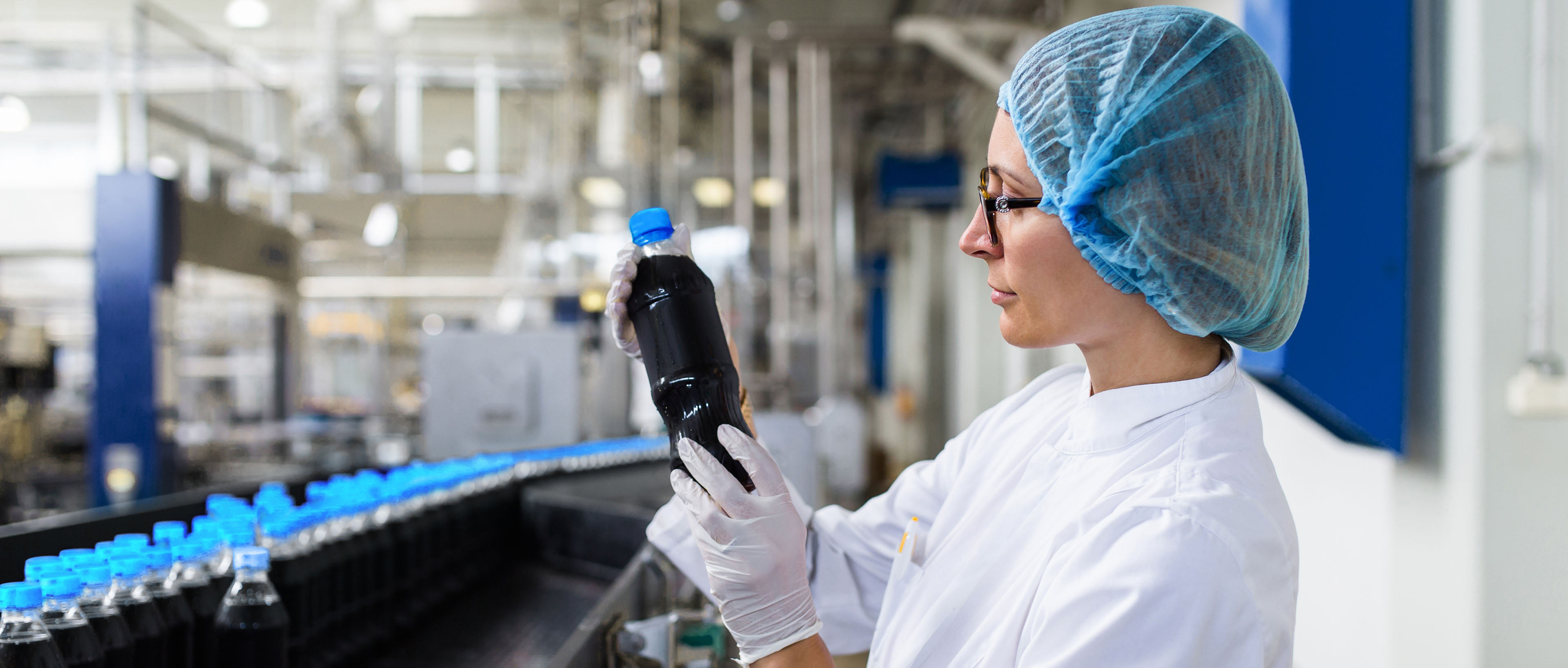EY refers to the global organization, and may refer to one or more, of the member firms of Ernst & Young Global Limited, each of which is a separate legal entity. Ernst & Young Global Limited, a UK company limited by guarantee, does not provide services to clients.
How EY can help
-
Innovative EY supply chain solutions enhance efficiency, drive transformation and optimize end-to-end operations for lasting business success.
Read more
Navigating challenges – strategies for consumer leaders
To thrive in this dynamic landscape, beverage leaders must adopt innovative strategies that address these challenges head-on. Here are five key areas to focus on:
1. Supply chain as the new front office
With a growing number of flavors and variations, managing the supply chain has become a daunting task. For brands focused on enhanced beverages and flavored waters, the number of SKUs based on flavor choices and combinations in newer categories like probiotics, energy drinks and seltzers is three to four times that of traditional beverages. While this opens new commercial opportunities like variety packs, it also puts significant pressure on supply chains, requiring shorter production runs. For newer offerings, a lack of historical demand data makes accurate forecasting difficult. To navigate this complexity, beverage leaders should put more emphasis on end-to-end planning with supply chain playing a prominent role in helping define segmentation strategies. Product innovation roadmaps must focus on differentiated product offerings and on core SKUs that drive profitability vs. those that support brand and marketing. By leveraging data analytics, companies can enhance their forecasting accuracy and optimize their supply chains, ultimately improving their bottom line.
With new tariffs and trade regulations coming into play, the supply chain must play a prominent role in developing strategies for profitable growth, elevating its role in long-range planning and helping define the asset and network strategy. One thing we see most beverage companies investing in is optimization of their current manufacturing and distribution assets — with a renewed emphasis on operational excellence by leveraging manufacturing systems to maximize Overall Equipment Effectiveness (OEE) and free up capacity. After years of investment in digital, it’s becoming abundantly clear that technology only works if you have the right process, people and culture in place.
2. Embracing technological disruption
The emergence of generative AI (GenAI), intelligent agents and advanced analytics is transforming how companies operate, from production to marketing. Beverage leaders should invest in AI-driven solutions that enhance operational efficiency, improve customer engagement and drive innovation. By harnessing the power of technology, companies can stay ahead of the competition and respond more effectively to changing consumer preferences. Many established companies are struggling to determine where to make the investments in technology that directly translate to value. With aging enterprise resource planning (ERP) systems and looming end-of-life dates, the question that needs to be asked is: How can we drive value, agility and speed around the edge to help us reduce the cost of our upgrade? The companies that are leading the way are leveraging technology disruption as an instigator to rethink the operating model. We are continuing to see value from use case–driven technology investments for those dipping their toes in the water. But even the best use case struggles to drive more than single-digit millions in benefits. In stark contrast to that, leaders using tech to rethink their overall organization and operating model are seeing greater benefits and efficiencies.






